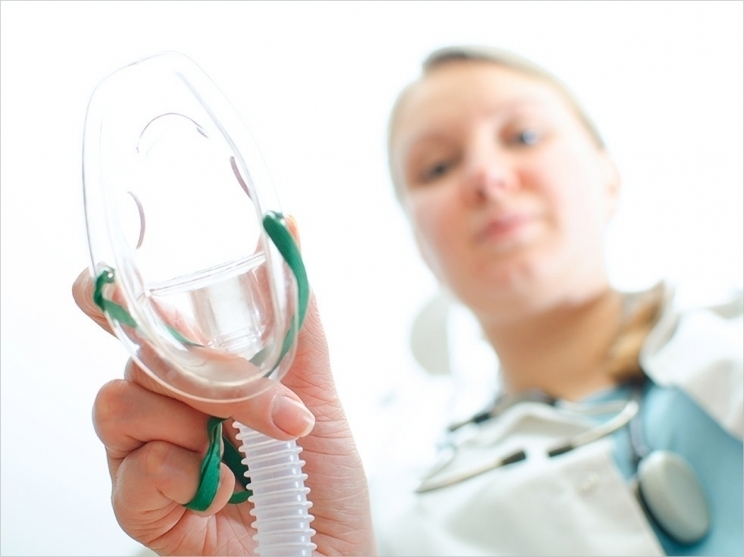
The American Society of Dentist Anesthesiologists (ASDA) has released its Interim Guidance for Dentist Anesthesiologists Practicing in the Office-Based Setting During the COVID-19 Pandemic.
The guidelines detail the primary routes of transmission for the SARS-CoV-2 virus and preoperative considerations for all dental healthcare personnel, including potential symptoms of infection and the use of personal protective equipment (PPE).
They also describe protocols for screening patients before they enter the facility and patient intake once they arrive. People who have been diagnosed with COVID-19 or who are likely to have contracted it can receive urgent care following outlined test or non-test strategies.
Special guidelines for patients at higher risk for COVID-19 such as older adults and those with underlying medical conditions are reviewed, along with considerations for patients who have recovered from the disease.
Further, the guidelines offer recommendations for resuming dental anesthesiology services, noting that practices should consider the following data when returning to scheduled cases:
- COVID-19 community trends: COVID-19 cases, hospitalizations, and deaths; rates of COVID-19 spread; and adherence to physical distancing recommendations
- Healthcare system readiness: hospital beds; ICU capacity; and ventilator numbers in case of emergency patient transfer
- Availability of adequate PPE
- Testing capacity and availability: number of tests performed each day; and testing capacity, including supply chain and speed of results
- Case and contact investigations: ability to rapidly isolate those with COVID-19 and inentify and quarantine their contacts
- Risk to vulnerable populations: number of outbreaks in long-term care facilities per week; and demographic and equity data
The ASDA also notes that the added risk of transmission during aerosol-generating procedures should be explained and disclosed to the operating dentist, who then should be encouraged to share this information with personnel in the office. Acknowledgment and documentation of the added risk should be considered as well.
Discussions between the anesthesia provider and operating dentist about prioritizing emergency and urgent procedures should be documented too. In addition to the standard anesthesia informed consent with patients or legal guardians, a separate advisory or consent form regarding the risk of transmission of SARS-CoV-2 also should be documented.
According to the guidelines, emergency and urgent cases should be prioritized as scheduled cases resume. The ASDA notes recommendations from the ADA, state boards of dentistry, the American Society of Anesthesiologists, and Anesthesia Patient Safety Foundation for such care, particularly aerosol-generating procedures.
PPE recommendations include the use of an N95 or higher level respirator, a surgical mask over the N95, eye protection such as a face shield or goggles with side shields, a disposable head covering, a disposable fluid-resistant long-sleeved gown, non-sterile gloves, and shoe coverings.
Additional sections of the guidelines cover:
- Environmental infection control and aerosolization risk mitigation
- Anesthesia equipment considerations
- Record keeping
- Anesthetic management: general considerations
- Airway management
- Induction
- Maintenance
- Emergence
- Basic life support
- Postoperative considerations
- Follow-up
- Future considerations
- Additional resources
- Templates for documentation
Related Articles
Dental Anesthesiology Finally Gets the Recognition It Deserves
What Is a Dentist Anesthesiologist?
Sedation Organizations Endorse AAP Pediatric Guidelines


